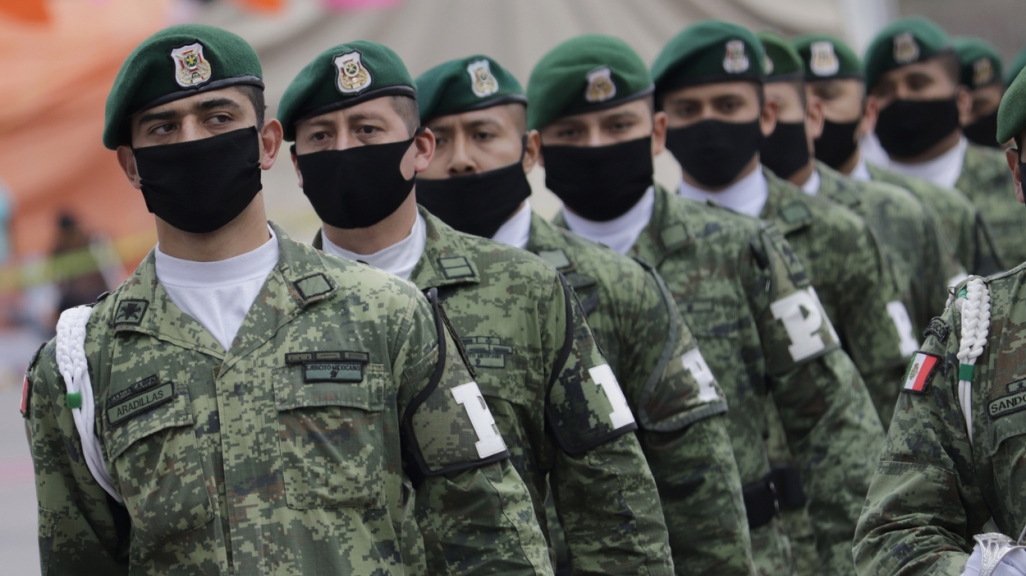LatAm in Focus: What the Guacamaya Hacks Reveal about Latin American Militaries
LatAm in Focus: What the Guacamaya Hacks Reveal about Latin American Militaries
UC San Diego’s Dr. Cecilia Farfán Méndez and Trend Micro’s Juan Pablo Castro cover the 10-terabyte hack on militaries of five Latin American countries.
“After so many years of opacity and this lack of accountability, all this information that’s come out is seen as fair game.” – Cecilia Farfán Méndez
Subscribe to Latin America in Focus, AS/COA's podcast focusing on the latest trends in politics, economics, and culture throughout the Americas.











